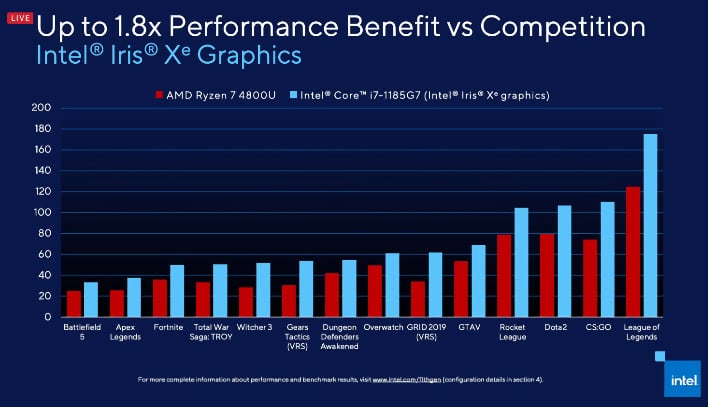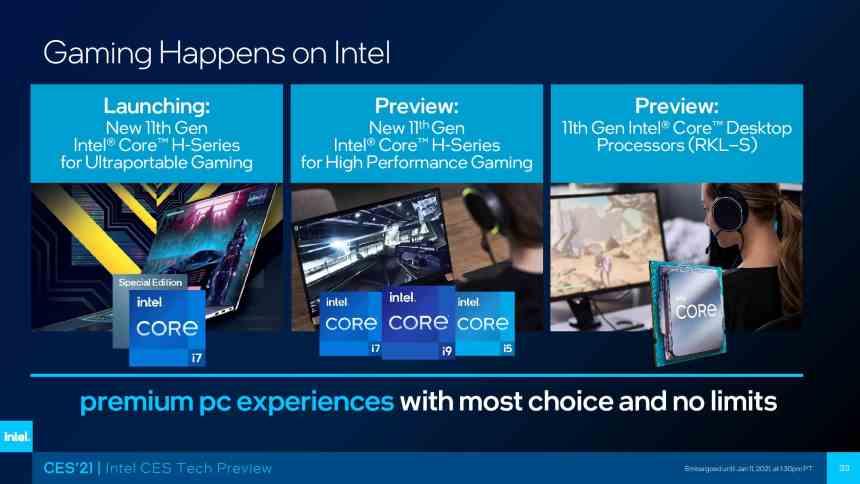

Intel teased the Galaxy Book Flex 5G during its keynote event unveiling the 11th-Gen line. In fact, Intel is telling us to expect over 50 this year, and 20 of those will have the Evo promise attached. Intel is promising a lot of devices from brands like Acer, Asus, Dell, Lenovo, HP, Razer, Samsung and many others to be arriving in the near future. It’s a bit slower, with only a 10th-Gen Core i5 processor inside, but will still be good for most tasks. If you don’t care too much about a striking design and don’t need dedicated graphics, this Inspiron 15 features the same 15.6-inch display as the XPS 15 but costs just $479.99. The design is stunning, with weaves and an overall thin build.ĭell Inspi($479.99, originally $529.99 ) The 10th-Gen Core i7 processor paired with 16GB of RAM gives this plenty of runway for personal, fun and work-related tasks.
#10 vs 11 gen intel full#
We honestly love the Dell XPS 15, and you can see why in our full review here. It’s powered by a 10th-Gen Intel processor and delivers long battery life in a build that’s just shy of 3 pounds.ĭell XPS 15 ($1,599.99, originally $1,799.99 ) You can fully flip the display all the way around and use it in a number of modes, kind of like the Surface Duo. Lenovo’s Yoga feels like it was the first multimode laptop. We especially love the carbon-fiber weave top cover.
#10 vs 11 gen intel windows 10#
This 14-inch X1 Carbon, a 10th-Gen Intel Core i5 with 8GB of RAM, is running Windows 10 Pro and has a 256GB solid-state drive for storage. The Carbon line adds in a sleek build that doesn’t sacrifice portability for durability. The ThinkPad line is one of the longest-standing laptop lines out there, and these are certainly built tough. And given the timing of Intel’s announcement, with back-to-school season and Labor Day at hand, along with new models featuring the new processor on the way, there are savings to be found on current 10th-Gen laptops, 2-in-1s and multimode devices. Well, even with 11th-Gen launching shortly, we don’t yet know exactly how it will perform in the real world. It focuses on long battery life, responsiveness and reliability - like the ability to last for a full day of use and to quickly start once you open it up (like, in less than a second).



And that’s Intel Evo, essentially a new bar being set for laptops and devices to meet. We can’t wait to go hands-on with laptops powered by Intel’s 11th-Gen Core Processor, but these chips also fit in with a broader platform. Graphics, too, will perform twice as fast when compared to previous chips. Depending on the exact CPU inside, you’ll see speeds up to 4.8 GHz, which will be pretty darn fast. More basic tasks, which Intel classifies as system-level processes, will see a 20% boost. Intel is promising over 20% faster speeds with common office apps - think word processing, spreadsheet number crunching and email. With an 11th-Gen Intel Core chip inside your Windows 10 laptop or Chromebook, you can expect just that. This way you can still get all-day performance from the battery and increase standby times. You want faster speeds that can blitz through low-performance and high-performance tasks with ease, but also a processor that won’t eat up too much power. The focus of all of these is on a more mobile-like architecture, which means efficiency is at the forefront. Meanwhile, on the Windows side, AMD has made a dent with processors in laptops and 2-in-1s alike. Apple announced its made-in-house Silicon processor at its Worldwide Developers Conference back in June, and we should see the first devices running it by the year’s end. Intel’s new processors have serious competition.


 0 kommentar(er)
0 kommentar(er)
